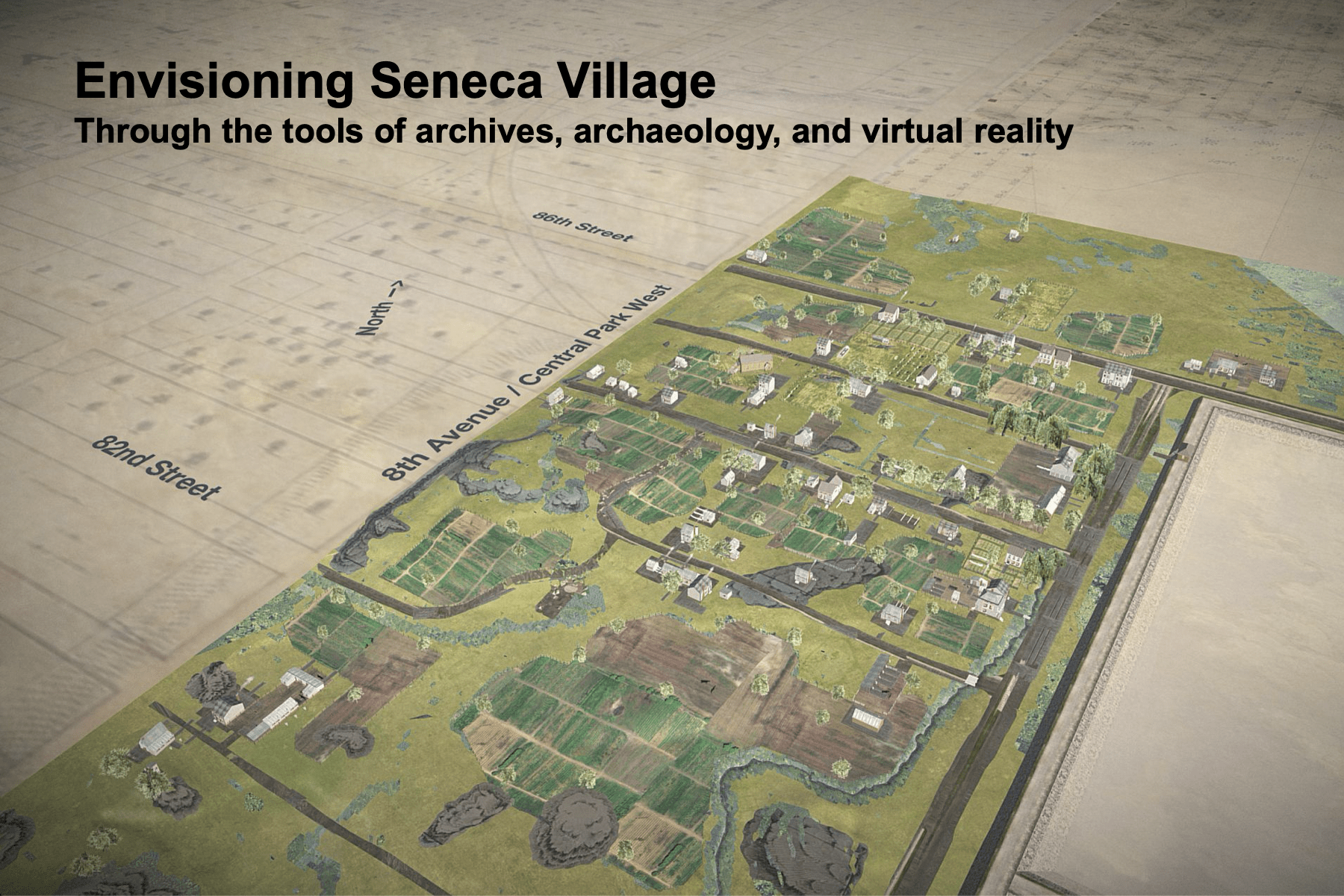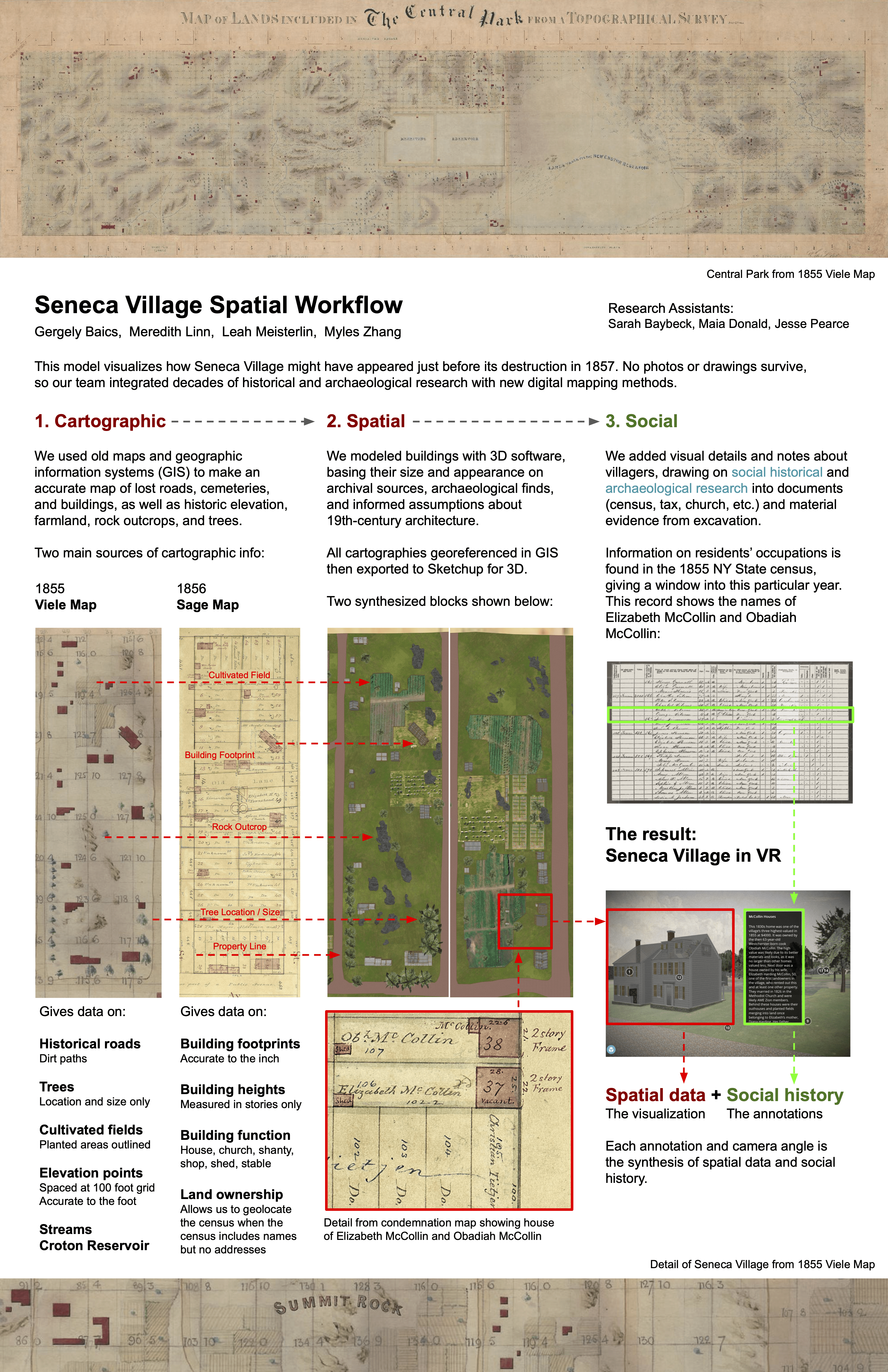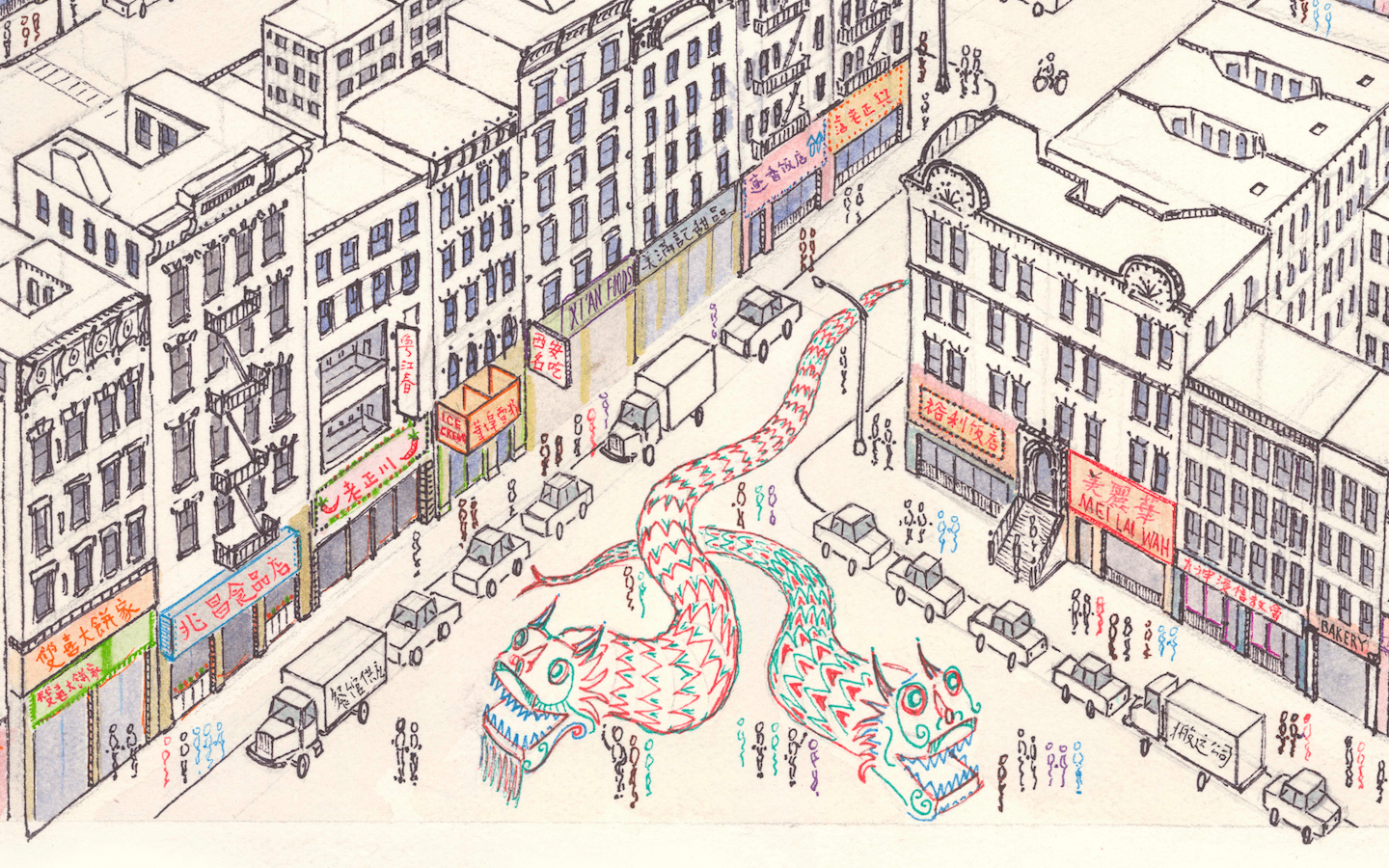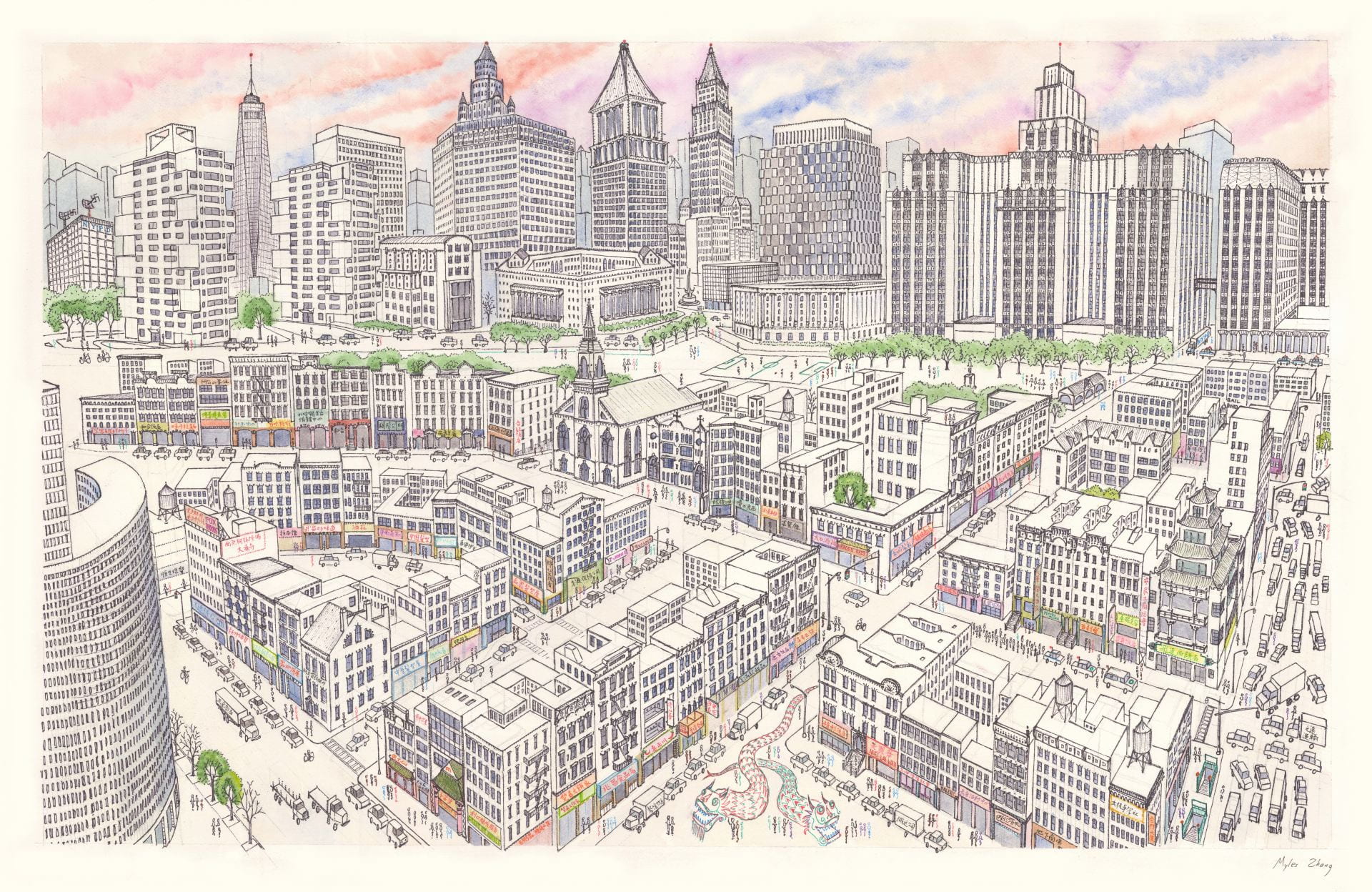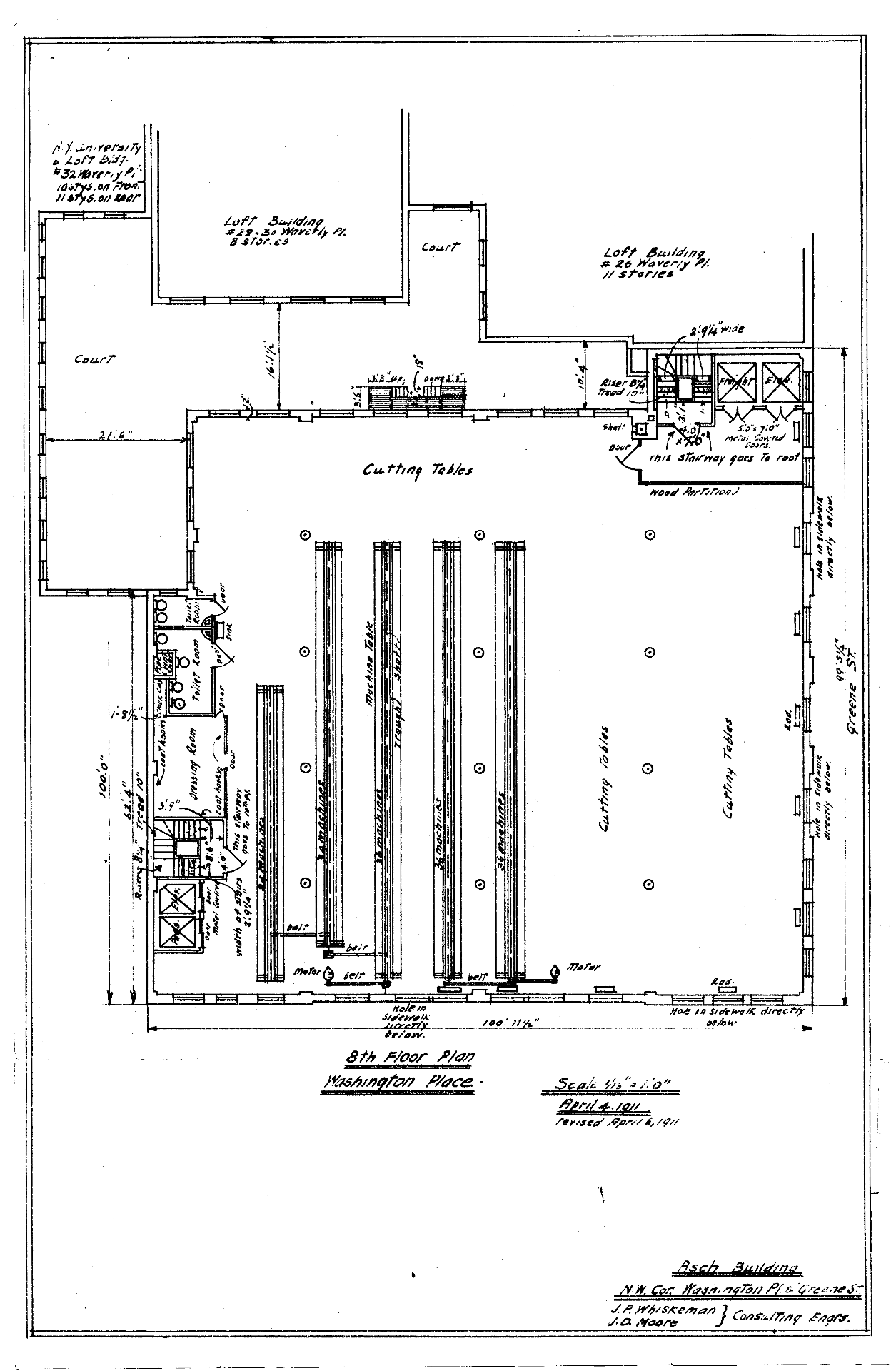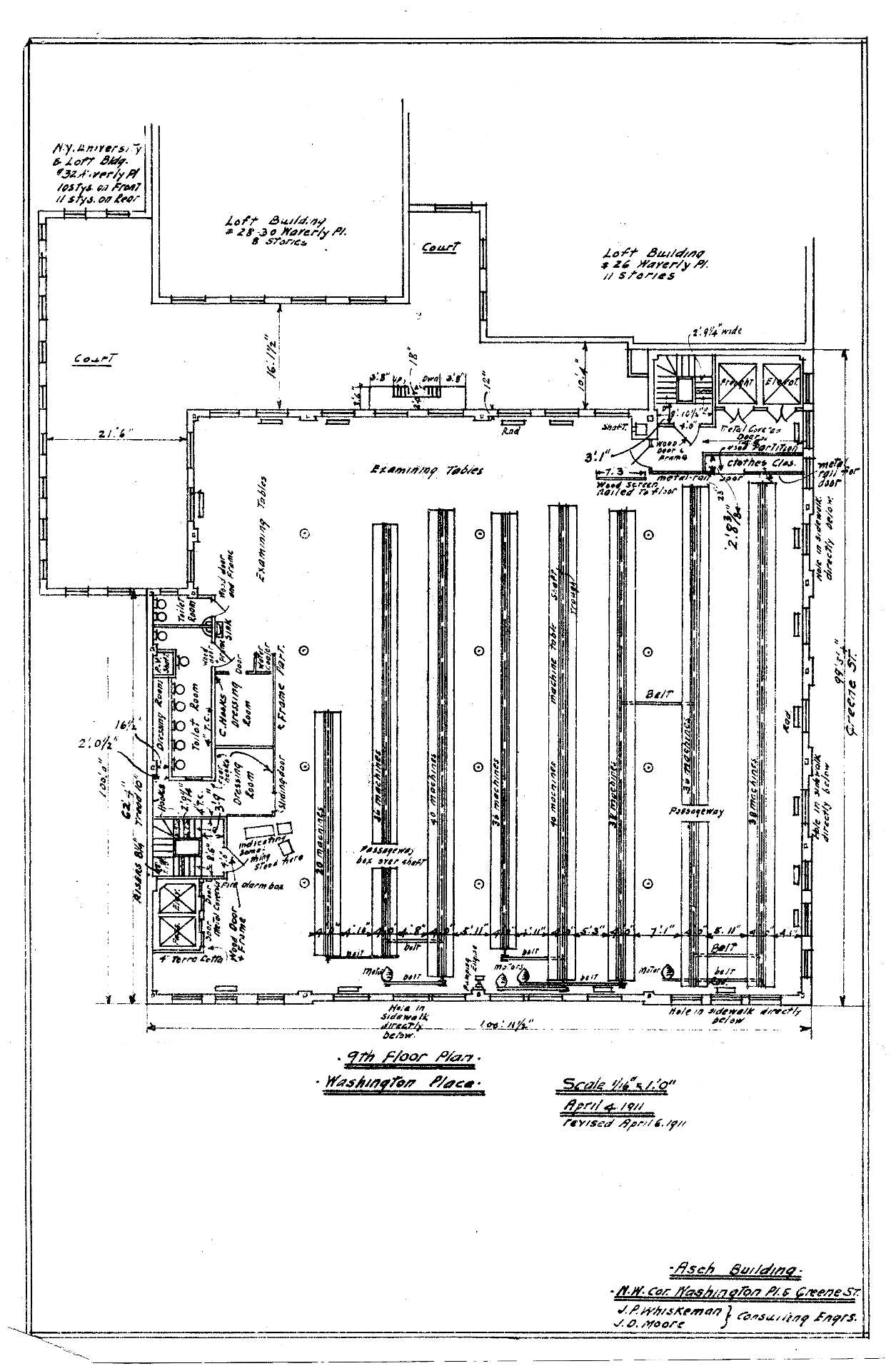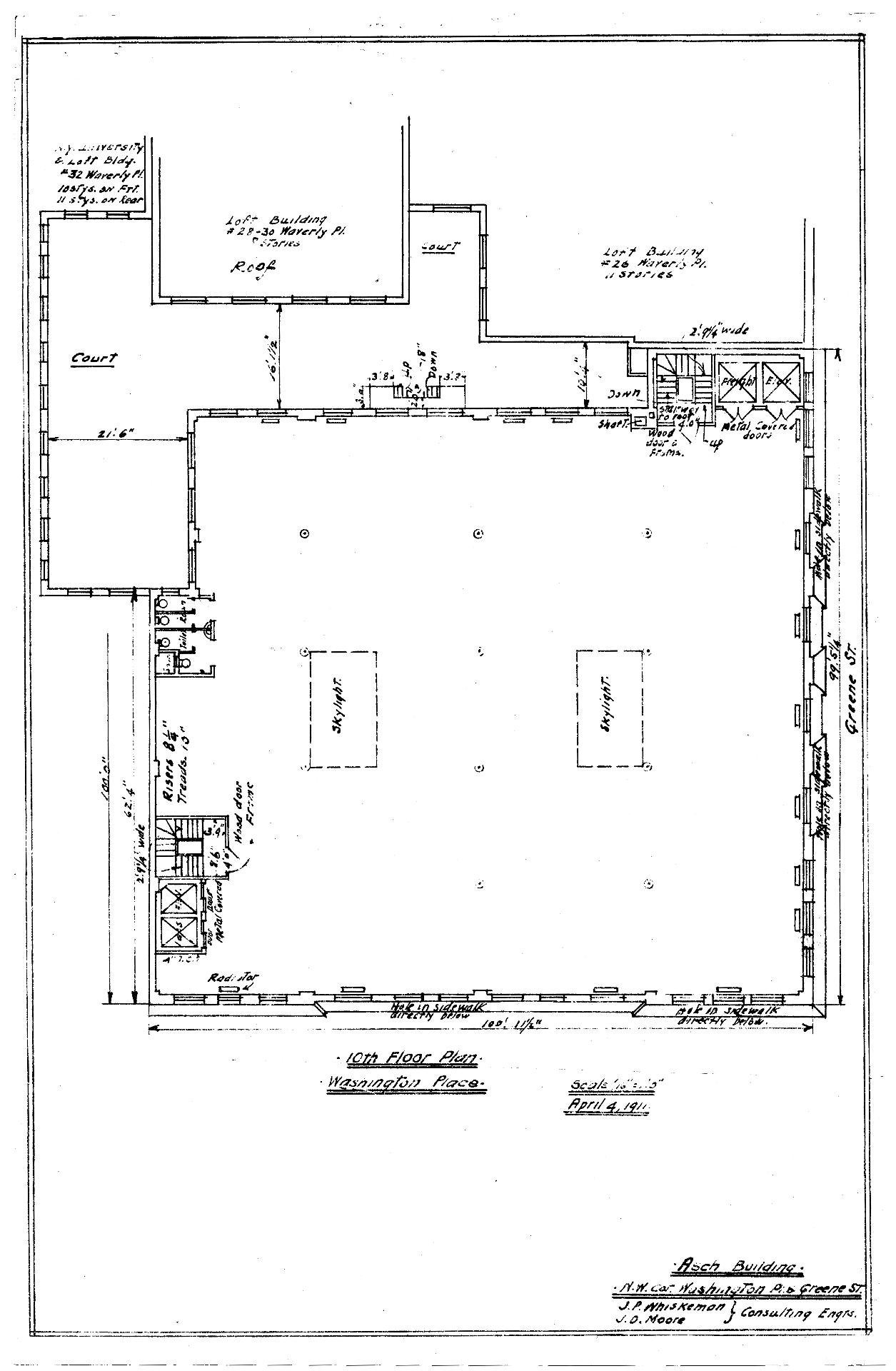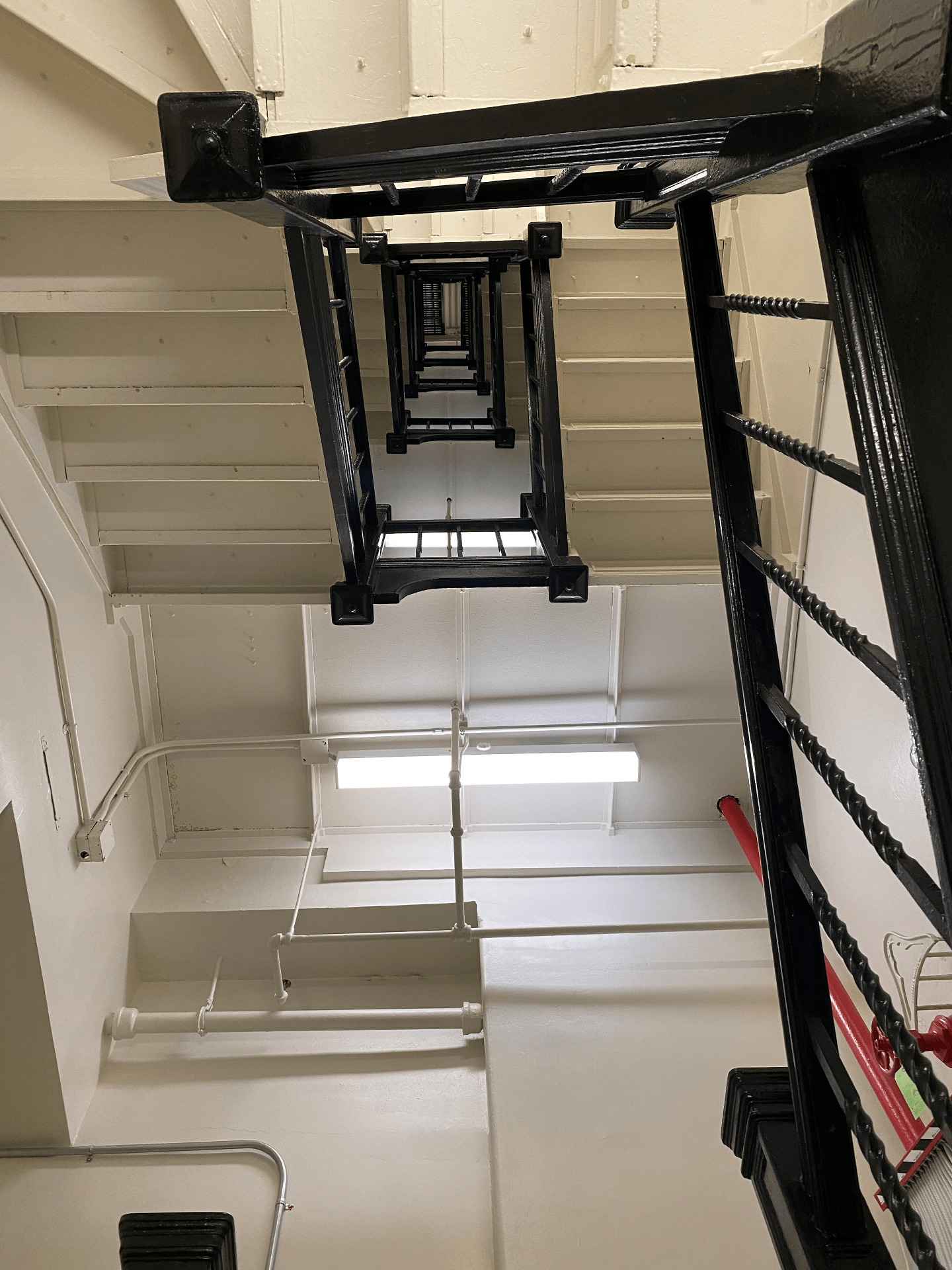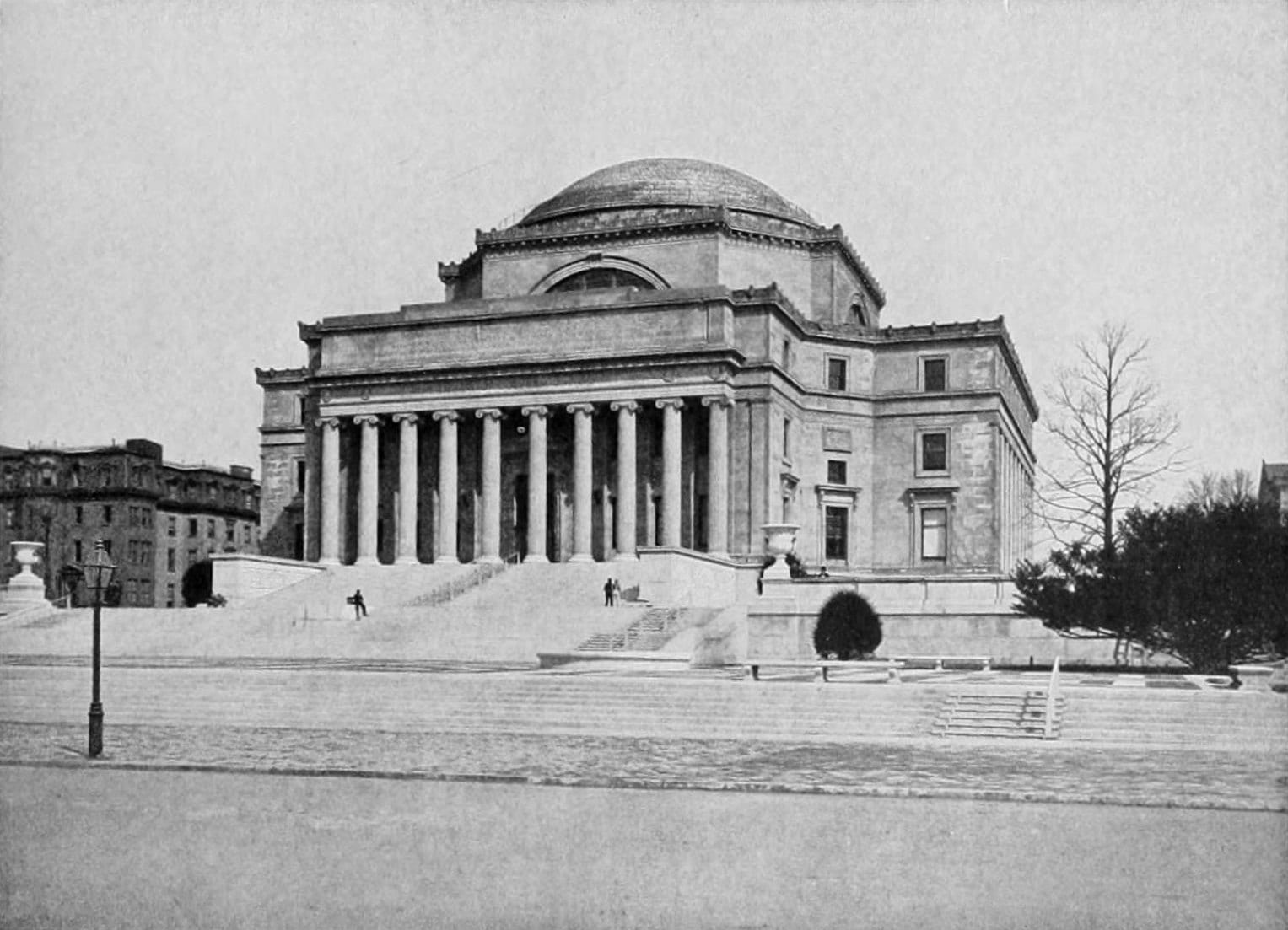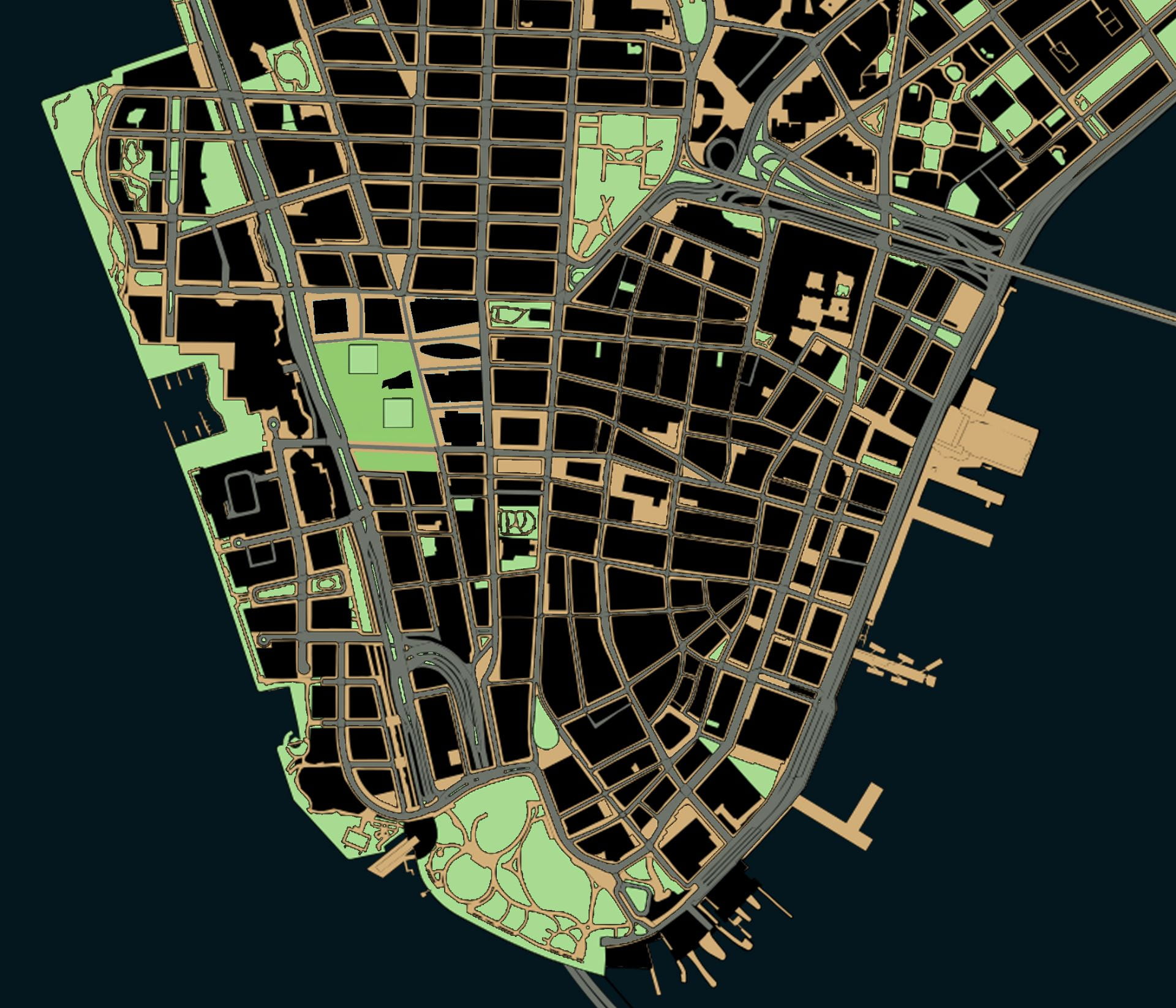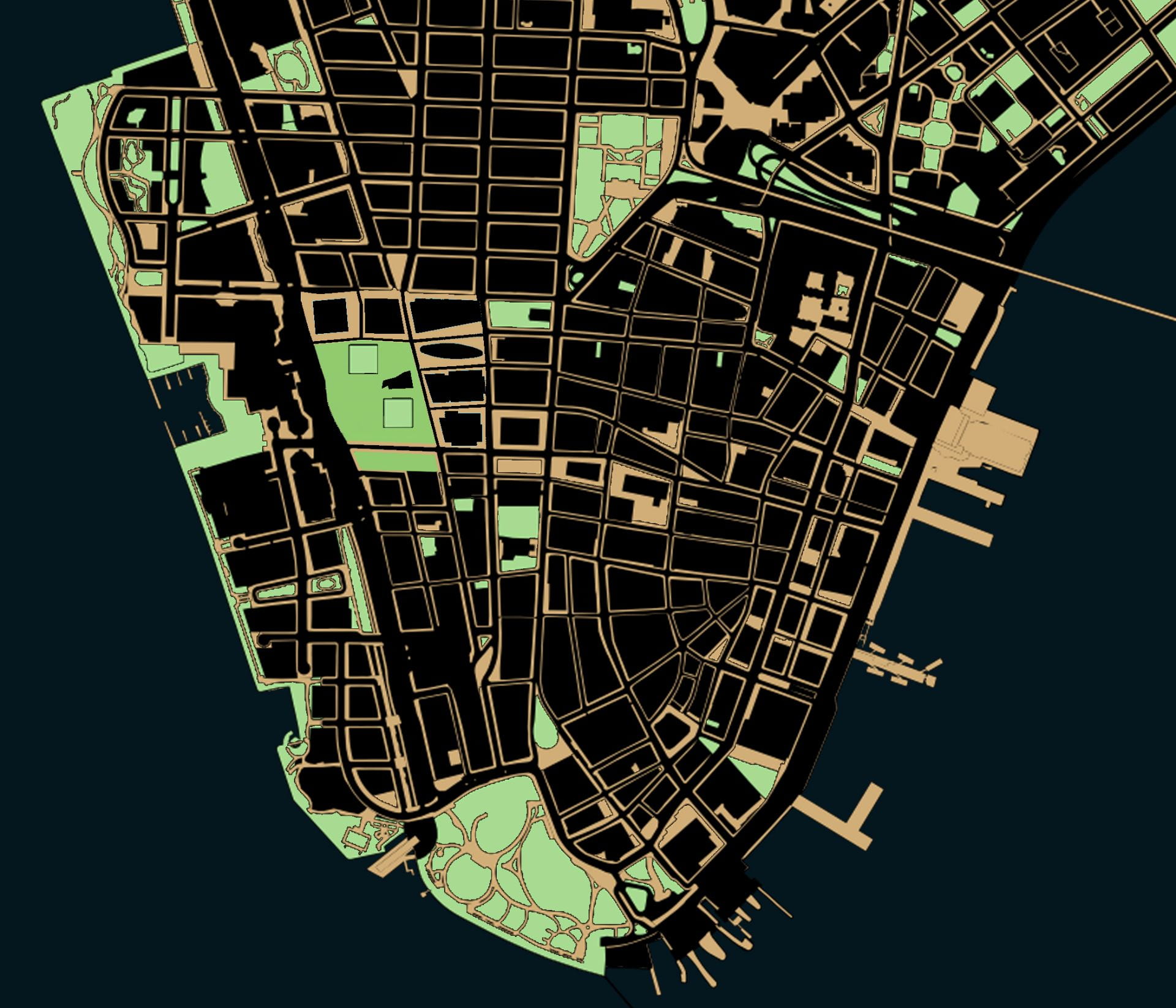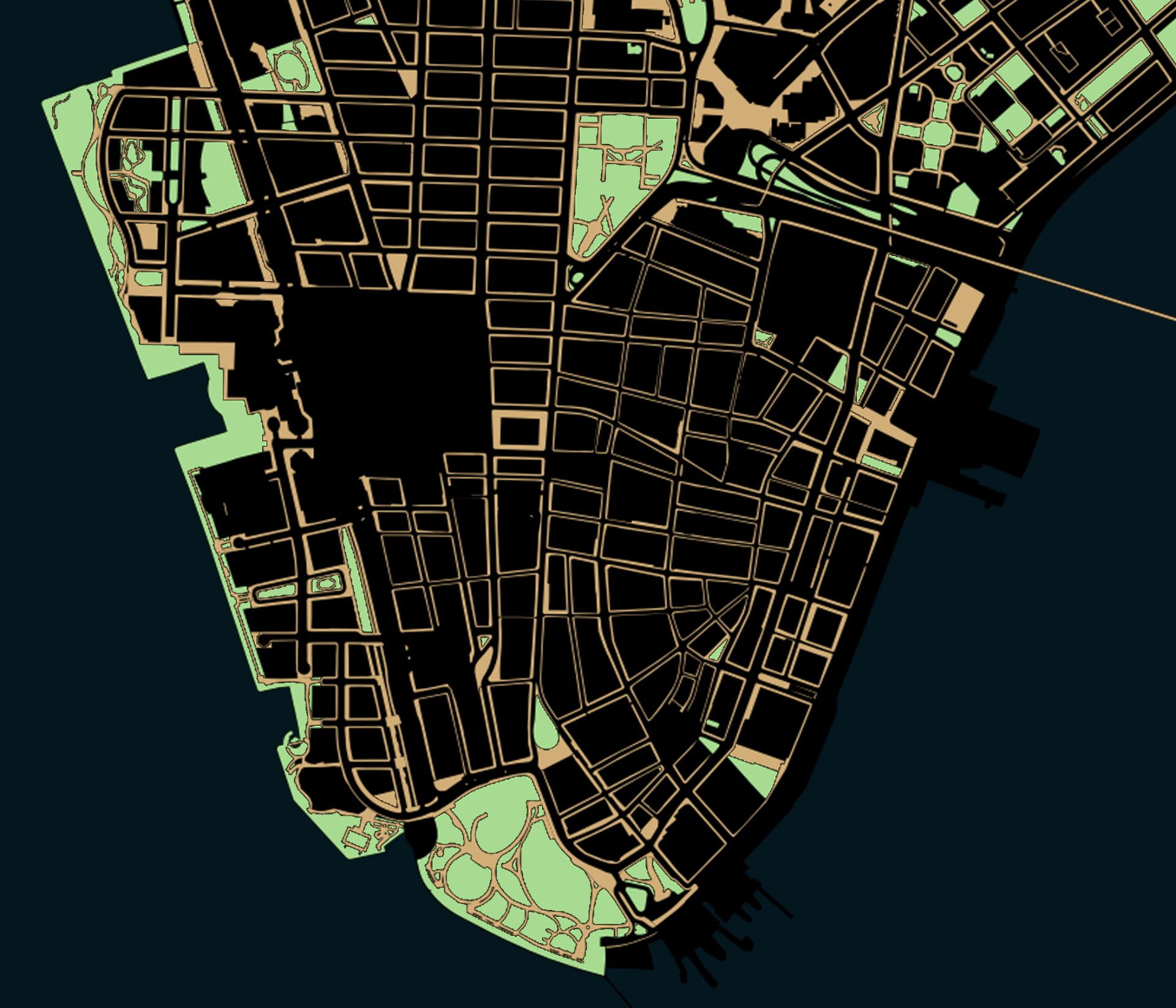Lizabeth Cohen. Saving America’s Cities: Ed Logue and the Struggle to Renew Urban America in the Suburban Age.
New York: Farrar, Straus and Giroux, 2019. 547 pp.
.
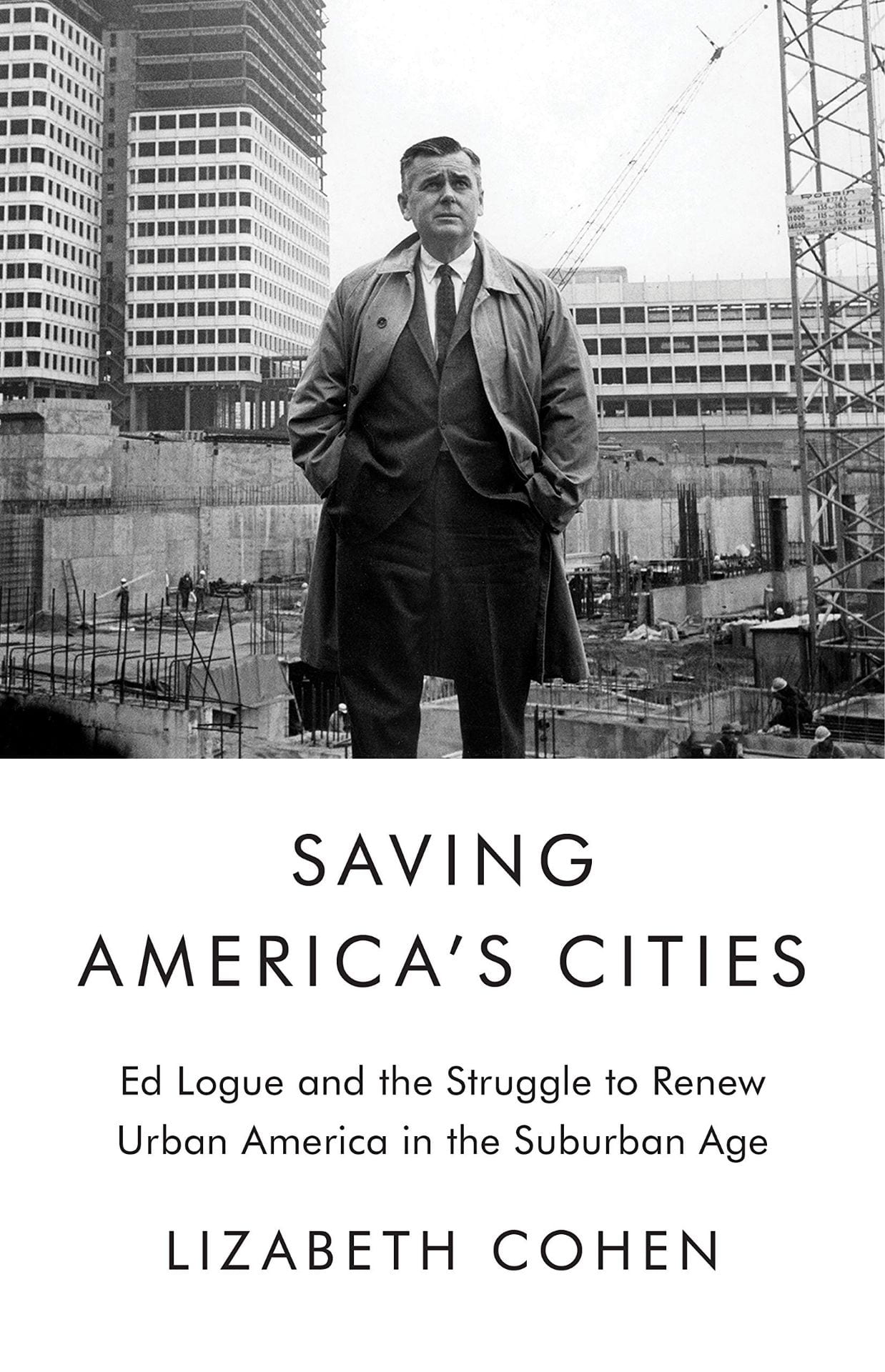 The memory of mid-century urban renewal will always evoke images of the bleak brick towers and windswept plazas of crime-ridden public housing. Urban renewal projects airdropped into the city fabric caused demolition and dislocation. This colossal failure has been epitomized by Robert Moses’ automobile-oriented vision of New York City. The Power Broker by Robert Caro described Moses stubbornly going alone to remove 1,500 families and pave the Cross Bronx Expressway through their vibrant neighborhood.[1] By contrast, in The Death and Life of Great American Cities, Jane Jacobs vividly described a sentimental city life with lively streets of safe neighborhoods. Pedestrians stroll along short city blocks while residents watch from brownstone stoops in her quaint Greenwich Village alleys.[2] The two polarized visions of activist Jacobs vs. authoritarian Moses have set the terms of the debate on city design and, by extension, about the government’s role in structuring urban life. Lizabeth Cohen, a Harvard historian of twentieth-century America, critiques the current dichotomy: “The lack of subtlety that I have lamented in current historical understanding of postwar American urbanism stems partly from its frequent framing as a monumental battle between the clashing visions of the villainous Robert Moses and the saintly Jane Jacobs.”[3] Between these two schools of thought, Cohen introduced the largely forgotten “Master Builder” Ed Logue to dispel misconceptions about urban renewal.
The memory of mid-century urban renewal will always evoke images of the bleak brick towers and windswept plazas of crime-ridden public housing. Urban renewal projects airdropped into the city fabric caused demolition and dislocation. This colossal failure has been epitomized by Robert Moses’ automobile-oriented vision of New York City. The Power Broker by Robert Caro described Moses stubbornly going alone to remove 1,500 families and pave the Cross Bronx Expressway through their vibrant neighborhood.[1] By contrast, in The Death and Life of Great American Cities, Jane Jacobs vividly described a sentimental city life with lively streets of safe neighborhoods. Pedestrians stroll along short city blocks while residents watch from brownstone stoops in her quaint Greenwich Village alleys.[2] The two polarized visions of activist Jacobs vs. authoritarian Moses have set the terms of the debate on city design and, by extension, about the government’s role in structuring urban life. Lizabeth Cohen, a Harvard historian of twentieth-century America, critiques the current dichotomy: “The lack of subtlety that I have lamented in current historical understanding of postwar American urbanism stems partly from its frequent framing as a monumental battle between the clashing visions of the villainous Robert Moses and the saintly Jane Jacobs.”[3] Between these two schools of thought, Cohen introduced the largely forgotten “Master Builder” Ed Logue to dispel misconceptions about urban renewal.
Logue serves a curious alternative to the polarity between Jacobs and Moses. Despite her biographical focus, Cohen does not lionize Logue’s dedication, but recounts his lifetime of successes, false starts, and imperfections. Logue came from a Philadelphia working-class family with an Irish Catholic background. Serving as a bombardier during WWII, he first experienced a top-down city vision from the air above Berlin and Dresden. Trained at Yale with a full scholarship, Logue was committed to the New Deal idealism of government serving the public good. His life, however, demonstrated how even the best of planners could not get the ill-conceived legal framework behind urban renewal to work most of the time. One reviewer of Cohen’s book asks in Architect Magazine: “How could such a clear-eyed, honest, and progressive guy, talented at getting lots of money from the federal government, oversee so many disastrous projects?”[4]
Through New Haven, Boston, and New York City, Cohen traces Logue’s city planning career of working against far larger anti-urban political and social forces. During his time in New Haven (1954-60), Logue planned to rescue the falling city by bringing suburban shoppers downtown. He built the Oak Street Connector for shoppers’ automobiles. This highway stub severed the urban fabric with an asphalt band of parking lots and uprooted a largely low-income Black community. However, Logue’s Chapel Square Mall in downtown New Haven, with indoor shopping and garage parking, never brought in enough enthusiastic suburbanites to survive against competing forces of anti-urban decentralization. What Logue called a “pluralist democracy” in New Haven planning actually relied more on experts’ work than on input from affected citizens.
Touting his approach of “planning with people,” Logue worked in Boston (1961-67) to break the city’s thirty-year economic stagnation. Unlike in New Haven, Logue created a “negotiated cityscape” of old and new in Boston and preserved some of the oldest architecture, such as Quincy Market. However, his ambitious Brutalist inverted ziggurat of the Government Center, next to a desolate brick-paved plaza, evoked an oppressive aura. His successful housing projects, particularly in the African-American Roxbury neighborhood, defied James Baldwin’s characterization that “Urban Renewal means negro removal.”[5]
Logue’s next career move (1968-75) landed him in New York City to lead the Urban Development Corporation (UDC) for 33,000 residential units, including thousands of affordable housing. After the “long, hot summer of 1967” with riots in 159 cities, President Nixon formulated his “suburban strategy,”[6] by appealing to suburban Whites’ fears of the inner city and Black insurrection. In a hostile climate, Logue encountered his political match from suburban residents. The wealthy Westchester towns vehemently opposed Logue’s attempt to place middle income and affordable housing in their backyard. The downward spiral of urban America became unstoppable. Neither urban renewal, nor affordable housing, nor highway construction could restrain the core middle urban tax base from driving away to the alluring American dream of “little boxes on the hillside,”[7] with “a chicken in every pot and a car in every garage.”[8]
Ousted from UDC, Logue settled for the final stage of his career (1978-85) at the South Bronx Development Organization. To revive the South Bronx with affordable housing, Logue no longer turned to demolition, as the urban fabric had already been devastated by arson, blight, and White flight. Logue recognized that the government had ceased investing in shopping malls, city halls, or intensely designed architecture. Instead, as if admitting the defeat of high-density urban development, Logue worked with residents to rebuild formerly urban Charlotte Street along suburban models of prefab homes with white picket fences. In a thriving nation of suburbs, the suburb had now come to the city.
Logue’s career capstone in the South Bronx was not polished architecture that he preferred, but the development that people desired. Community participations brought all stakeholders to the table, as Logue increasingly practiced. Over time, he realized that the top-down approach taken by urban redevelopment experts had serious limitations. People in the affected neighborhoods deserved to realize their vision of urban communities diversified with respect to income, race, and age. Their voices were the best insurance for equitable services for schools, transportation, retail stores, and affordable housing.
As Cohen asserts, Logue and urban renewal defy fast judgments. Across each decade, and in each of those three cities, Logue’s urban renewal had shifting goalposts, developed at various scales, and involved different levels of community participation. To attribute the flaws of urban renewal to arrogant individuals or to austere designs for “towers in the park” is to ignore the larger picture. As Logue’s battle for affordable housing in suburban Westchester revealed, the problem rests less with urban renewal itself and more with the nation’s social, economic, and political agenda against cities.
Throughout his career, Logue’s honorable goals proved impossible. With the Cold War fever in the ‘50s, the erosion of social tenets in the ‘60s, and post-Watergate suspicions against authority in the ‘70s, American public ceased to believe government had a mandate to bring about a just and equitable society. In his 1981 inauguration address, President Reagan expressed the core of the conservative belief: “In this present crisis, government is not the solution to our problem; government is the problem.”[9] During his final years, Logue watched helplessly as America increasingly turned to private investments for deteriorating infrastructure, eroding affordable housing, and shrinking essential services. Contemporary cities are defined by accumulated wealth, racial disparity, and privileged consumption. Even with Section 8 vouchers and “inclusionary” zoning, affordable housing is largely unavailable to diverse communities.[10]
The intriguing story of Logue’s life suggests that the fate of cities cannot be left solely to top-down developers or government bureaucrats or market forces. A process of negotiation is needed in order to bring all interests to the table. A spirit of experimentation defies an authoritarian way to remake cities. Paradoxically, to respond to a national emergency, Logue, a lifelong New Dealer, believed that the federal government’s pivotal role is essential for successful negotiations and experimentations. This would be the legacy of urban renewal, as Cohen concludes, that “the master builder” would want us to honor.
.
Endnotes
[1] Robert Caro, Robert Moses and the Fall of New York (New York: 1974).
[2] Jane Jacobs, The Death and Life of Great American Cities (New York: 1961).
[3] Lizabeth Cohen, “Saving America’s Cities: Re-evaluating the complex history of urban renewal,” Public Seminar, October 1, 2019. https://publicseminar.org/essays/public-seminar-excerpt-and-interview-lizabeth-cohen/
[4] Elizabeth Greenspan, “Ed Logue and the Unexpected Lessons of Urban Renewal: A biography of the forgotten ‘master rebuilder’ challenges established truths about city planning,” Architect Magazine, January 29, 2020. https://www.architectmagazine.com/design/ed-logue-and-the-unexpected-lessons-of-urban-renewal_o
[5] James Baldwin interview with Kenneth Clark, 1963. https://www.youtube.com/watch?v=T8Abhj17kYU
[6] Matthew D. Lassiter, The Silent Majority: Suburban Politics in the Sunbelt South (Princeton: 2006).
[7] From the song “Little Boxes” written by Malvina Reynolds in 1962, sung by Pete Seeger in 1963
[8] From Herbert Hoover’s 1928 presidential campaign slogan
[9] “Ronald Reagan Quotes and Speeches,” Ronald Reagan Institute. https://www.reaganfoundation.org/ronald-reagan/reagan-quotes-speeches/inaugural-address-2/
[10] Kenneth Jackson and Lizabeth Cohen, “Urban Renewal in the Suburban Age: The Struggle to Redefine the American City,” Brooklyn Public Library: Center for Brooklyn History, October 23, 2019. https://www.brooklynhistory.org/events/urban-renewal-in-the-suburban-age-the-struggle-to-redefine-the-american-city/












